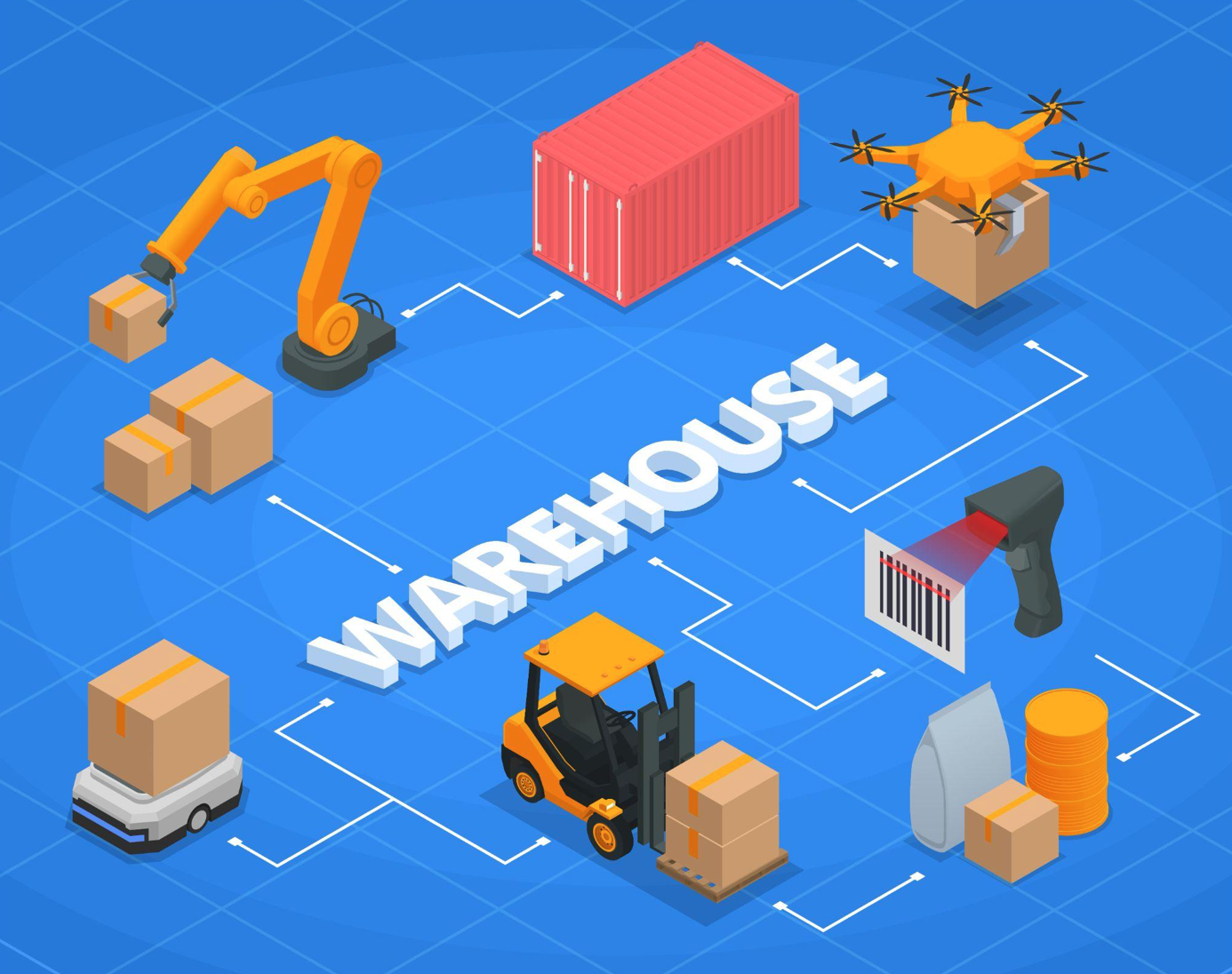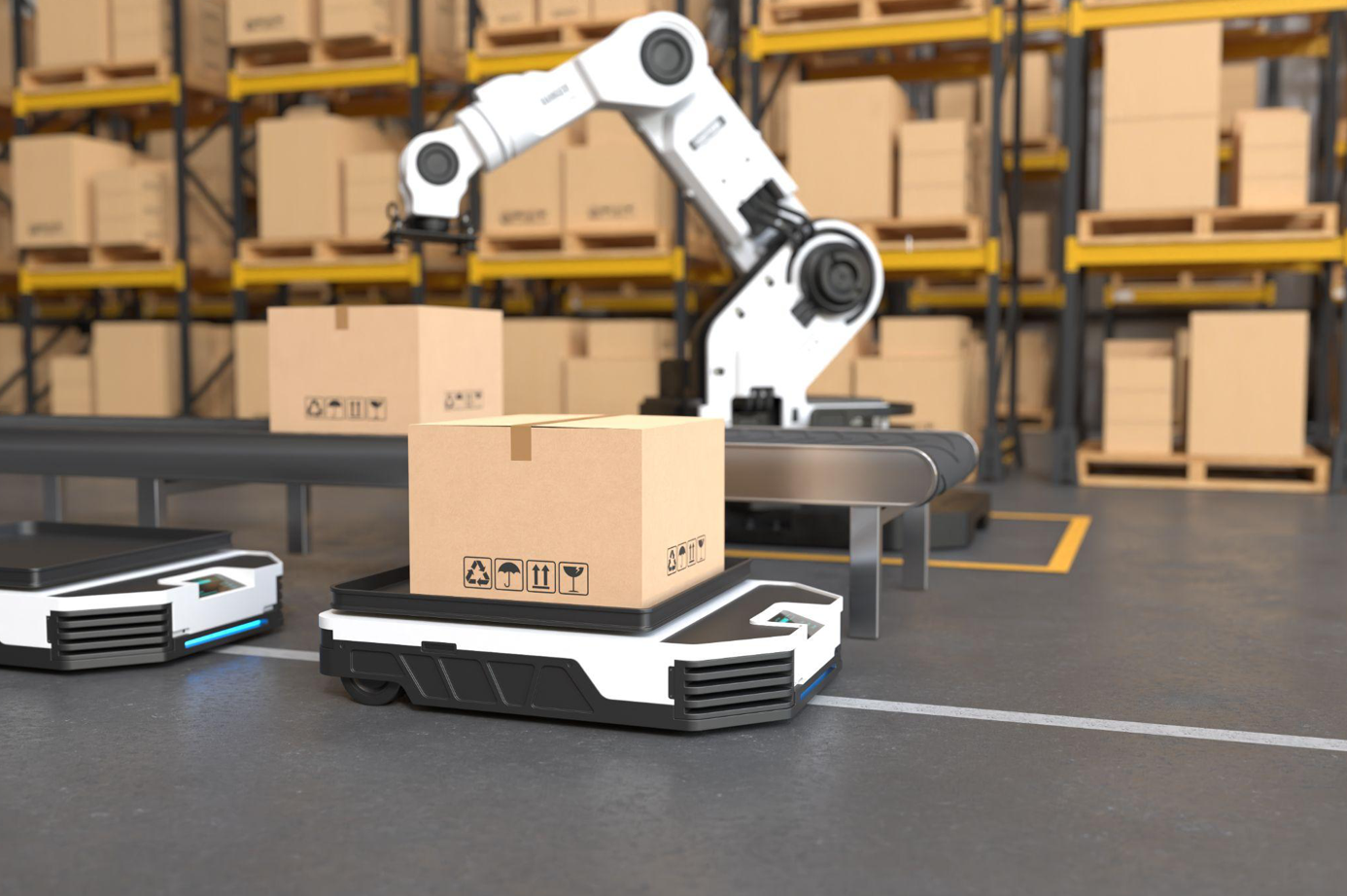As we look to the future, integrating automation technologies will not just be an option but a necessity for those seeking to thrive in the global market.
With the global supply chain’s growing complexity, businesses increasingly turn to automation and artificial intelligence (AI) to enhance efficiency, manage risks, and maintain competitive advantage.
However, this transition comes with its own challenges, from selecting the right technology partners to ensuring the workforce adapts to new operational paradigms.
This article delves into the intricacies of these obstacles and offers guidance on navigating the complex terrain of supply chain automation implementation.
Understanding the Terrain
Supply chain automation involves deploying technology to manage and coordinate the flow of goods from suppliers to customers with minimal human intervention. This encompasses many technologies, including robotics, artificial intelligence (AI), machine learning, the Internet of Things (IoT), and vertical storage systems.
While the benefits are substantial, organizations face significant hurdles in the journey toward automation:
#1 Technological Integration
Integrating new technologies into existing systems presents a formidable barrier to companies eager to embrace supply chain automation. Many organizations rely on outdated legacy systems, which were not engineered with the flexibility to incorporate modern automation technologies such as AI, IoT, or robotics.
Upgrading or replacing these legacy systems to accommodate new technologies is an expensive and complex process that can disrupt ongoing operations. It demands significant investments in hardware and software and comprehensive training for staff to operate the new systems effectively.
The challenge lies in balancing the need for technological advancement with the practicalities of cost, time, and operational continuity.
#2 Skill Gaps and Workforce Transition
The transition towards a more automated supply chain environment underscores the need for a workforce proficient in technology and data analysis. Despite the growing demand for such skills, the labor market currently exhibits a pronounced gap, with a shortage of workers equipped to manage and maintain sophisticated automated systems.
This skill gap hampers companies’ efforts to fully leverage the benefits of automation. Transitioning the existing workforce to adapt to new, technologically advanced roles within the supply chain further compounds the challenge, requiring substantial investments in training and development programs.
Companies must navigate these waters carefully, fostering an environment of continuous learning and adaptation to bridge the skill gap and ensure a smooth transition for their workforce.
Cost and Investment
The financial hurdles associated with implementing automation technologies in the supply chain are significant, particularly for small to medium-sized enterprises (SMEs). The initial outlay for purchasing state-of-the-art robotics, artificial intelligence systems, and other automation technologies can be daunting, making it a prohibitive venture for many.
Furthermore, the return on this substantial investment is not immediate and can vary greatly depending on the types of technologies adopted and the efficiency with which they are implemented.
This variability adds an element of financial risk to the investment, requiring companies to conduct thorough cost-benefit analyses to ascertain the potential ROI. Navigating these financial challenges requires strategic planning and may necessitate seeking external funding or innovative financial solutions to make automation a viable option.
#4 Data Security and Privacy
The advent of automation technologies has amplified the risks of cyber-attacks and data breaches, making protecting sensitive information and the integrity of automated systems essential.
Implementing robust cybersecurity measures introduces additional complexity and expense, yet it is essential for safeguarding against potential threats. To mitigate these risks, businesses must invest in advanced security protocols, employee training on best practices, and continuous monitoring of their systems.
Balancing the drive towards automation with the imperative of data security presents a nuanced challenge, requiring vigilant and ongoing efforts to protect against evolving cyber threats.
#5 Aligning Automation with Organizational Goals
Automation efforts must be in harmony with the organization’s broader aims, not just adopted for their innovative appeal. Strategic alignment ensures that automation supports long-term goals, improves efficiency, and delivers value that aligns with the company’s mission and vision.
This approach helps make informed decisions about which technologies to invest in, ensuring they contribute positively to the company’s objectives and growth strategy. Misalignment, on the other hand, can lead to wasteful investments and missed opportunities for genuine improvement.
#6 Safety and Workforce Adaptation
Addressing safety concerns and potential job displacement is critical in gaining employee buy-in for automation projects. By implementing rigorous safety protocols and clearly communicating how automation can lead to the creation of new roles, companies can mitigate fear and resistance among their workforce.
This proactive engagement helps transition employees to work alongside automated systems or in new roles that automation cannot fulfill, fostering a culture of innovation and adaptability. Ensuring employees feel secure and valued is key to successfully adopting automation technologies.
Charting a Course Through the Challenges
Despite these obstacles, companies can successfully implement supply chain automation using a strategic and measured approach.

#1 Strategic Planning and Phased Implementation
Effective integration of automation into supply chains begins with thoroughly examining existing operations to pinpoint where automation can deliver the greatest benefits. A well-crafted strategic plan should then be developed, detailing the specific objectives of automation, the technologies required to meet these goals, and a timeline for phased implementation.
This methodical approach facilitates the gradual introduction of automation technologies, ensuring a smooth transition that minimizes disruption to current processes. By prioritizing areas of greatest impact and aligning them with strategic business goals, companies can ensure a focused and efficient deployment of resources.
This phased strategy also allows for the continuous evaluation and adjustment of the implementation process, ensuring that the automation aligns with evolving business needs and market conditions.
#2 Investing in Talent and Training
Bridging the skill gap in the face of advancing automation technologies requires a proactive approach to talent development and training. Investing in comprehensive training programs tailored to the needs of the existing workforce is crucial for equipping employees with the necessary skills to operate and maintain new automated systems effectively.
Furthermore, forging partnerships with educational institutions and creating opportunities for internships and apprenticeships can play an important role in nurturing a talent pipeline well-versed in the latest technological advancements.
This investment prepares the current workforce for future challenges and positions the company as a desirable place for emerging talents seeking to engage in cutting-edge supply chain operations. Ultimately, a well-trained and technologically adept workforce is instrumental in maximizing the benefits of automation.
#3 Leveraging Partnerships and Collaborations
For small to medium-sized enterprises (SMEs) facing the high costs of automation technology, partnerships and collaborations offer a viable path to innovation. By collaborating with other businesses or technology providers, SMEs can share the financial burden and reduce the risks of implementing new automation projects.
Additionally, engaging in strategic alliances allows for pooling resources and expertise, fostering innovation, and accelerating the adoption of advanced technologies. Government grants and incentives aimed at promoting technological advancement can also provide critical financial support, making automation projects more accessible.
These collaborative efforts alleviate the financial constraints and create a synergistic environment to spur further innovation and competitiveness in the marketplace.
#4 Prioritizing Cybersecurity
Implementing stringent cybersecurity measures, such as conducting regular security audits, training employees on cyber hygiene practices, and adopting cutting-edge security technologies, is essential for protecting sensitive data and operational integrity.
Additionally, developing a comprehensive incident response plan is crucial for swiftly addressing and mitigating the effects of any potential security breaches. This proactive stance on cybersecurity safeguards the company against the increasingly sophisticated cyber threats facing automated systems today.
Ensuring data security and automated processes is not just a technical necessity but a strategic imperative that underpins the trust and reliability of the entire supply chain operation.
#5 Choosing the Right Technology Partners
Selecting partners for automation initiatives is more than finding the most advanced technology; it requires aligning with partners who understand your specific needs and can offer tailored solutions.
Transparency from partners about what their technology can and cannot do, along with a solid support system for implementation and post-launch, ensures a successful partnership. This relationship helps navigate the complexities of automation and achieve the desired outcomes.
#6 Return on Investment and Workforce Concerns
A clear understanding of the potential return on investment (ROI) is crucial for justifying the costs associated with automation. Equally important is addressing the concerns of the workforce, who may feel threatened by the introduction of automation technologies.
By demonstrating the tangible benefits of automation in terms of efficiency gains and cost savings and simultaneously investing in the education and upskilling of employees, companies can ensure a positive impact on both their bottom line and employee morale.
This dual focus helps realize automation’s full potential while maintaining a committed and skilled workforce.
Wrapping Up
The journey towards fully automated supply chains is undoubtedly challenging. However, with careful planning, strategic investment, and a commitment to overcoming the hurdles, businesses can successfully navigate these challenges.
By embracing automation, companies can unlock new levels of efficiency, agility, and competitiveness. As we look to the future, integrating automation technologies will not just be an option but a necessity for those seeking to thrive in the global market.


Join the conversation!